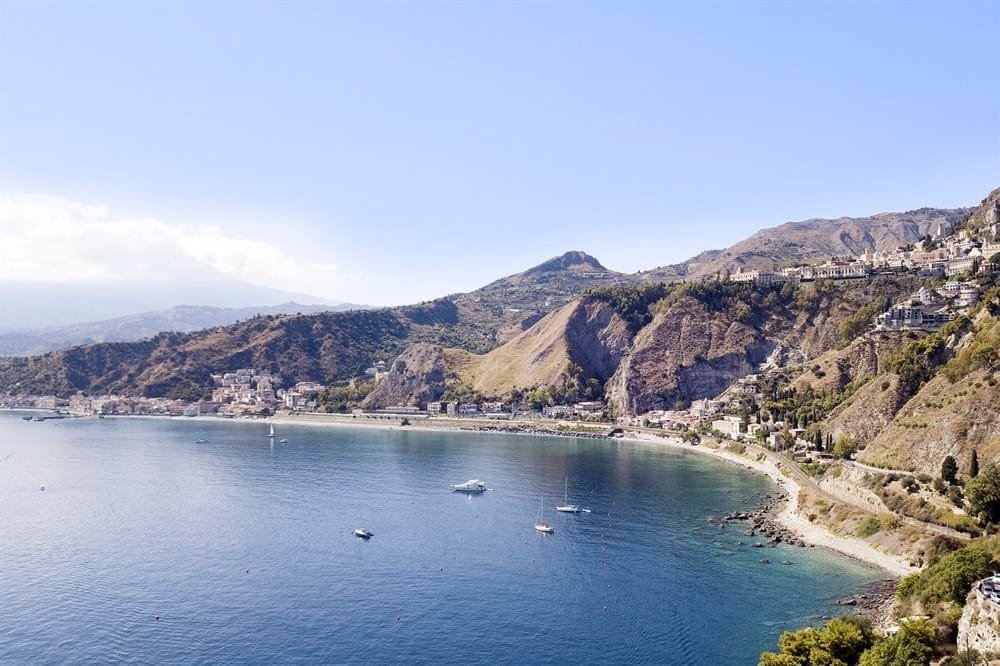The Top 5 Largest Seas by Area in the World
The world’s seas are vast, mysterious, and vital to life on Earth. They connect continents, nurture ecosystems, and drive the planet’s climate. While the oceans often take center stage, the seas—smaller subdivisions of the oceans—are equally fascinating. Among them, five stand out as the largest in terms of surface area. Here’s a closer look at these giants of the marine world.
1. Philippine Sea
- Area: ~5 million square kilometers
- Location: Western Pacific Ocean

The Philippine Sea holds the title as the largest sea in the world. Encircled by the Philippines, Taiwan, Japan, and parts of Indonesia, this sea is a biodiversity hotspot. It is home to unique marine species, deep-sea trenches, and coral reefs. The Mariana Trench, the deepest point on Earth, is nestled here. Its strategic location and rich marine resources make it both ecologically and economically significant.
2. Coral Sea
- Area: ~4.8 million square kilometers
- Location: Off the northeast coast of Australia

Famous for hosting the Great Barrier Reef, the Coral Sea is a UNESCO World Heritage Site and one of the most ecologically diverse regions. Its warm, clear waters provide an ideal environment for coral growth. The sea’s name is derived from its abundant coral systems, which support marine life ranging from tiny fish to large predatory sharks. Besides its ecological importance, the Coral Sea is a popular destination for diving and eco-tourism.
3. American Mediterranean Sea
- Area: ~4.2 million square kilometers
- Location: Caribbean region, Gulf of Mexico, and adjacent seas

Also called the “Caribbean Sea and Gulf System,” this vast body of water combines the Caribbean Sea, Gulf of Mexico, and other interconnected seas. Its warm waters and picturesque islands attract millions of tourists each year. The sea supports diverse marine life, including coral reefs, mangroves, and fish that are vital to both local economies and global biodiversity.
4. Arabian Sea
- Area: ~3.9 million square kilometers
- Location: Between the Arabian Peninsula and the Indian subcontinent

Historically called the Sea of Oman or Erythraean Sea, the Arabian Sea is a major route for maritime trade. Its waters connect the Middle East, South Asia, and Africa, making it a key player in global commerce. Its biodiversity includes migratory whales, turtles, and commercially important fish species. The Arabian Sea also hosts some of the busiest shipping lanes in the world.
5. Sargasso Sea
- Area: ~3.5 million square kilometers
- Location: Central North Atlantic Ocean

Unique among seas, the Sargasso Sea has no land boundaries. It is defined by ocean currents that create a calm, clear zone filled with floating Sargassum seaweed. This seaweed provides shelter and breeding grounds for marine creatures like eels, crabs, and fish. The Sargasso Sea plays a crucial role in oceanic carbon cycling and acts as a nursery for certain fish species, such as tuna and marlin.
The five largest seas in the world are more than just expanses of water. They are vibrant ecosystems and key players in Earth’s climate, economy, and biodiversity. Understanding and preserving these massive water bodies is crucial not only for marine life but also for humanity’s future. As we continue to explore and protect them, these seas remain a testament to the grandeur and importance of the natural world.
For more top 5:
